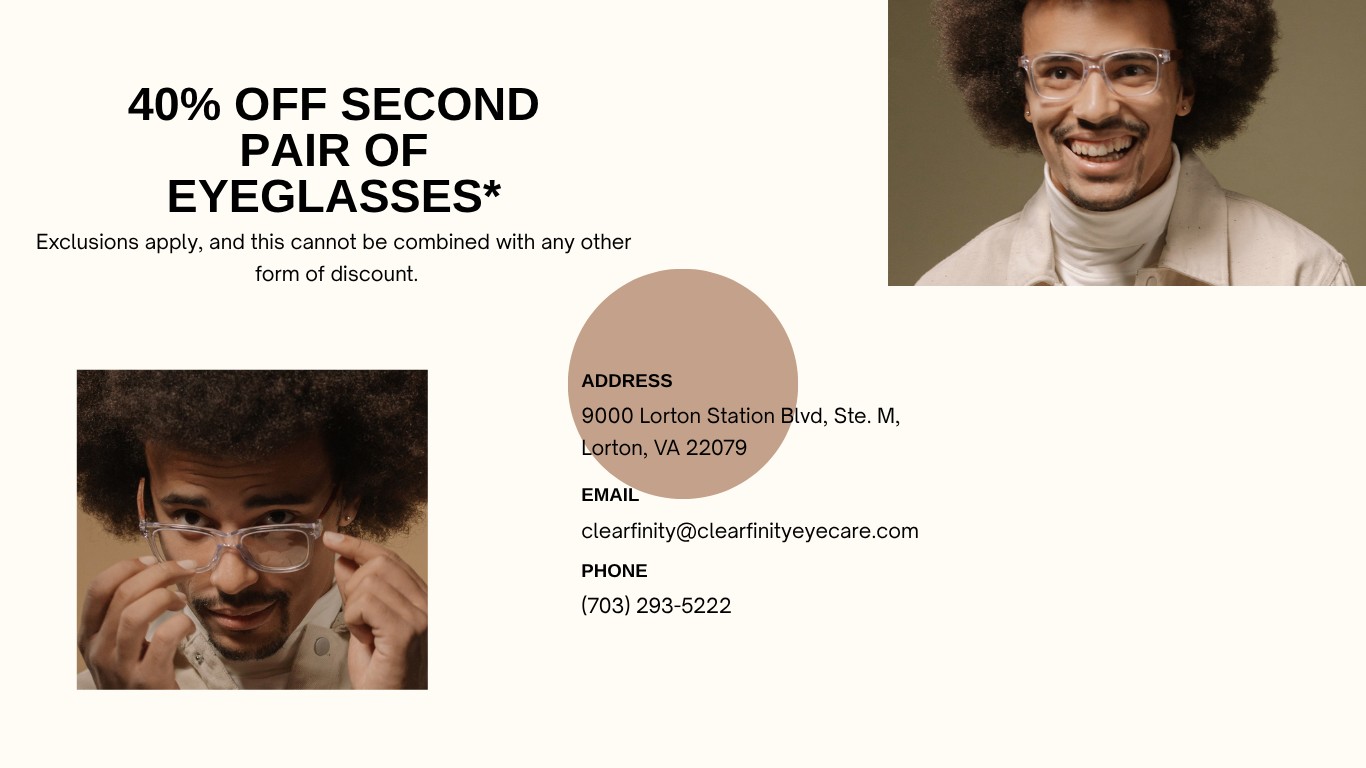
Symptoms of eye misalignment can include headache, neck pain, eye strain, eye fatigue, dry eye sensation, and motion sickness. A study that included over 160,000 patients revealed that at least 2 of 3 people experience symptoms due to eye misalignment. That number will continue to rise with theshift to more remote working and learning. Adults spend anaverage of 7 hours a day staring at digital screens, which can exacerbate eye misalignment symptoms. Unfortunately, only1 in 10 people report these symptoms to their eye doctor because most people don’t know that their eye doctors maybe able to offer a solution. Many patients are also unaware that their symptoms may be associated with eye misalignment and prolonged digital device use
The Neurolens system consists of two elements: the Neurolens Measurement Device, Generation 2 (NMD2), which can identify eye misalignment as small as 0.01 prism diopters and acquires thousands of data points per patient, and Neurolenses, which are the world’s first and only spectacle lenses that incorporate a contoured prism into the design to correct eye misalignment and alleviate symptoms. In this discussion, advisors share their personal and clinical experiences with Neurolens and how the system has affected their practices and patients
The Neurolens system includes an easy-to-use, mobile device and tablet-friendly lifestyle index questionnaire that allows patients to indicate signs and symptoms related to eye misalignment that they may otherwise fail to mention to their doctor. Once the patient’s symptomology has been established, the NMD2 tests for subtle eye misalignment or phorias with an accuracy and consistency unattainable by traditional testing methods. Quality vision is not merely about clarity, it’s also about comfort and improved quality of life.











